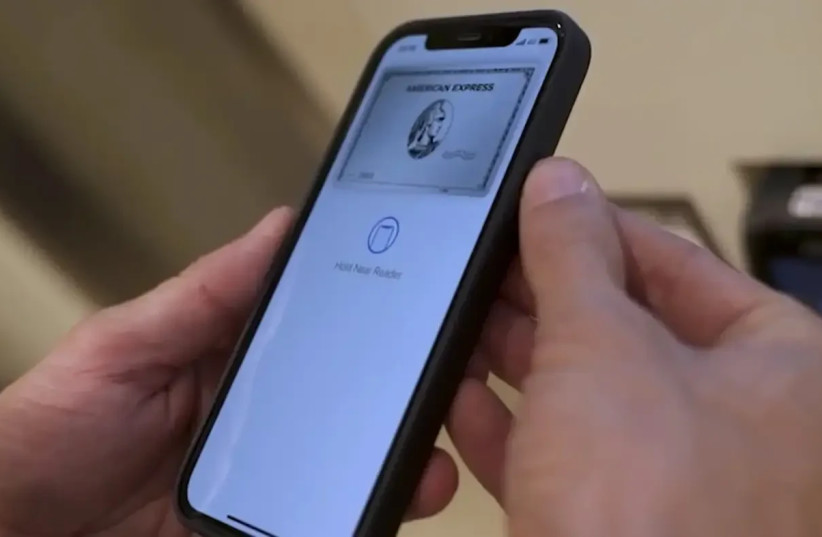From the data of Sheba (Automated Bank Services), which develops and manages the national credit card payment system in Israel, it is evident that along with the recovery of the economy, the pace of growth in spending and the use of digital wallets by the Israeli public continues. The use of digital wallets is a payment platform for credit cards and last February it recorded a new record of expenses totaling NIS 4.591 billion.
This is an increase of more than NIS 2.1 billion and of 87.3% in expenses in digital wallets compared to February 2023 when the total expenses were NIS 2.451 billion. Sheba publishes the data on spending on digital wallets in Israel for the first time since the beginning of the "Iron Swords" war on October 7, 2023. For the first time, since digital wallets began operating in Israel more than two and a half years ago, in the month of October 2023, there was a decrease in the data on the use of wallets.
This month saw a decrease of 9.2% compared to the figures for spending through digital wallets in September 2023. In October spending in digital wallets reached the amount of NIS 3.457 billion (daily average of NIS 111.534 million) compared to NIS 3.808 billion in September 2023 (daily average of NIS 126.945 million).
In the month of November, the amount of spending in digital wallets reached NIS 3.912 billion (daily average of NIS 130.395 million ), in December 2023 the amount was NIS 4.528 billion (daily average of NIS 146.071 million ), in January 2024 the amount of spending reached NIS 4.571 billion (average daily expenses of NIS 147.459 million).
The scope of spending through digital wallets during the month of February 2024 accounted for 27.8% of the total spending of the Israeli public in physical transactions during the month. The scope of expenses in physical transactions was NIS 16.537 billion in February. The total expenses in digital wallets in February constitute 11.9% of the total expenses in credit cards during the month. The increase in the amount of daily expenses using digital wallets in February compared to January 2024 amounted to 7.3%. In February, the average daily expenditure in digital wallets reached the amount of 158.285 million NIS and in January the amount of daily expenditure was 147.459 million NIS.
According to Sheba data, in February the Israeli public's spending and use of smart transactions using the EMV system reached 96.7% of credit card spending and amounted to NIS 37.245 billion out of a total of NIS 38.511 billion. 73% of the physical expenses on credit cards, the purchases in the businesses themselves, were made in February through smart transactions (Contacts transactions and transactions in digital wallets and smart watches) in which the amount of spending in February was NIS 12.068 billion.
"High volume growth"
The VP of business development, marketing and sales at Sheba, Tali Hollenberg: "Despite the war of iron swords, and its effect on the economy, we see that the use of digital wallets continues to grow at high volumes. In the month of February, almost a third of the expenses in physical transactions, carried out during purchases in the businesses themselves, were through digital wallets and this is a figure that indicates the extent and depth of the penetration of technology and advanced means of payment into the lives of all Israelis. In the bottom line, except for the month of October when the war broke out, we see that the volume of use of digital wallets continues in a trend of significant growth."

